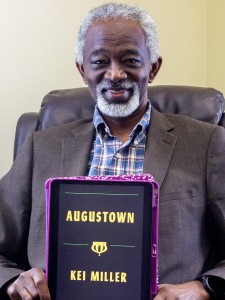We asked members of the Kenyon faculty to share reading recommendations in honor of Black History Month. The specialties of these professors range from African religions to African American social and legal history, and the books they chose reflect the variety of interests and expertise within our campus community.
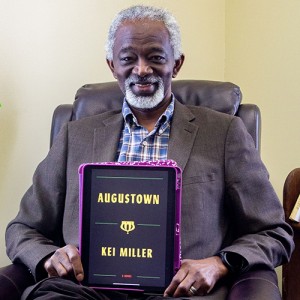
'Augustown' by Kei Miller
In "Augustown," Kei Miller continues to train his “ethnographic eyes” on Jamaica’s folk and popular religions as he did in "The Same Earth" and "The Last Warner Woman." Be prepared to meet carefully etched, memorable characters such as the “Preacherman,” Soft Paw, and the Rastafarian matriarch Ma Taffy. Blending the 1920s story of the “Preacherman” with the 1980s travail of a Rastafarian family, both seeking to “rise” in the economically depressed community of August Town on the periphery of the city of Kingston, "Augustown" tells a story of how the marginalized in Jamaican society resist the status quo and strive to rise above the meager opportunities their circumstances afford. However, the oppressive “stone of Babylon” often comes squashing down on them, extinguishing their aspirations and their lives. The stories may be tragic; but the writing is superb; the characters are luminous; and the message is expertly delivered.
- Donald L. Rogan Professor of Religious Studies Ennis Edmonds
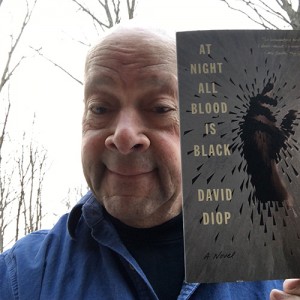 'At Night All Blood Is Black' by David Diop
'At Night All Blood Is Black' by David Diop
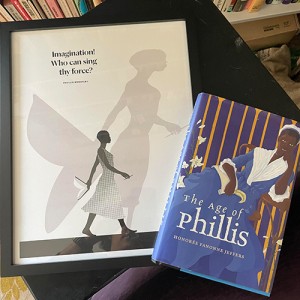
'The Age of Phillis' by Honorée Fanonne Jeffers
"This year, I have thoroughly enjoyed reading and teaching Honorée Fanonne Jeffers' book, 'The Age of Phillis.' Through a combination of meticulous research and inspired creativity, Jeffers has written a poetic biography of Phillis Wheatley, the mother of African American literature, filling in gaps in the historical record with imagination. Among other things, the book explores the complicated relationship between Phillis and her mistress ('When you own a child, / can you treat her the same [as a daughter]?'), posits the uncensored narratives behind Wheatley’s restrained poetry, and frames black love as revolutionary.”
- Associate Professor of English Jené Schoenfeld
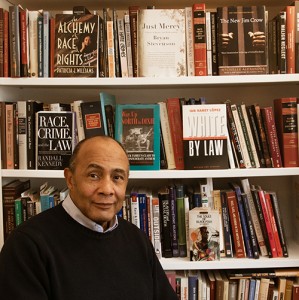
'Way Up North in Dixie' by Howard L. Sacks and Judith Rose Sacks
There are thousands of deserving candidates for a good read, not just during Black History Month, but for a satisfying exploration of African American identity and culture year-round, “365” as they say. As a socio-legal teacher/scholar, my recommended books often include Patricia J. Williams’ "Alchemy of Race and Rights," Ian Haney-Lopez’s "White by Law," Michelle Alexander’s "The New Jim Crow," and Bryan Stevenson’s "Just Mercy." This year, however, I want to encourage the entire Kenyon community to get “proximate,” as Stevenson says. By that, I mean to engage locally with notions of rural diversity. There is much to be learned about the Black experience in American society by exploring the lives of small-town “colored” folks. For an interesting journey along the color line and local folks’ investment in distorted images of racial representation, I recommend "Way Up North in Dixie" by Howard L. Sacks and Judith Rose Sacks.
- Professor of Sociology & Legal Studies Ric Sheffield
